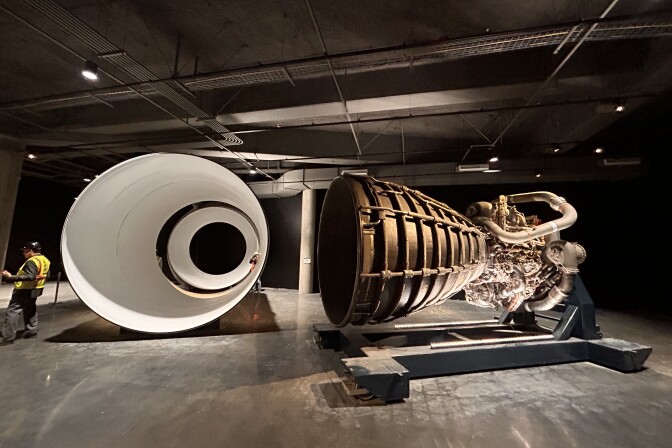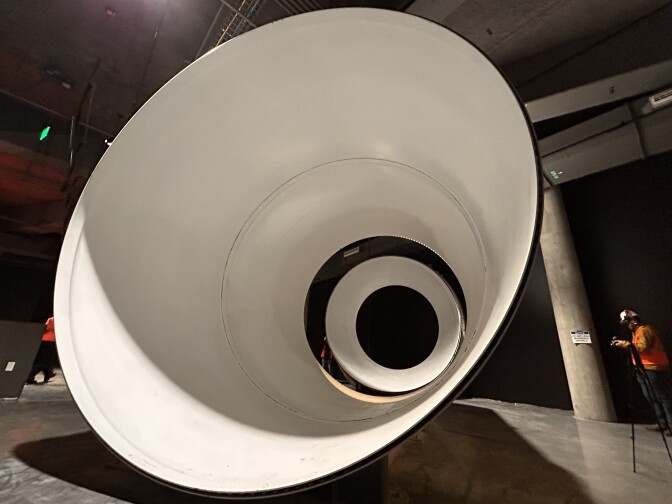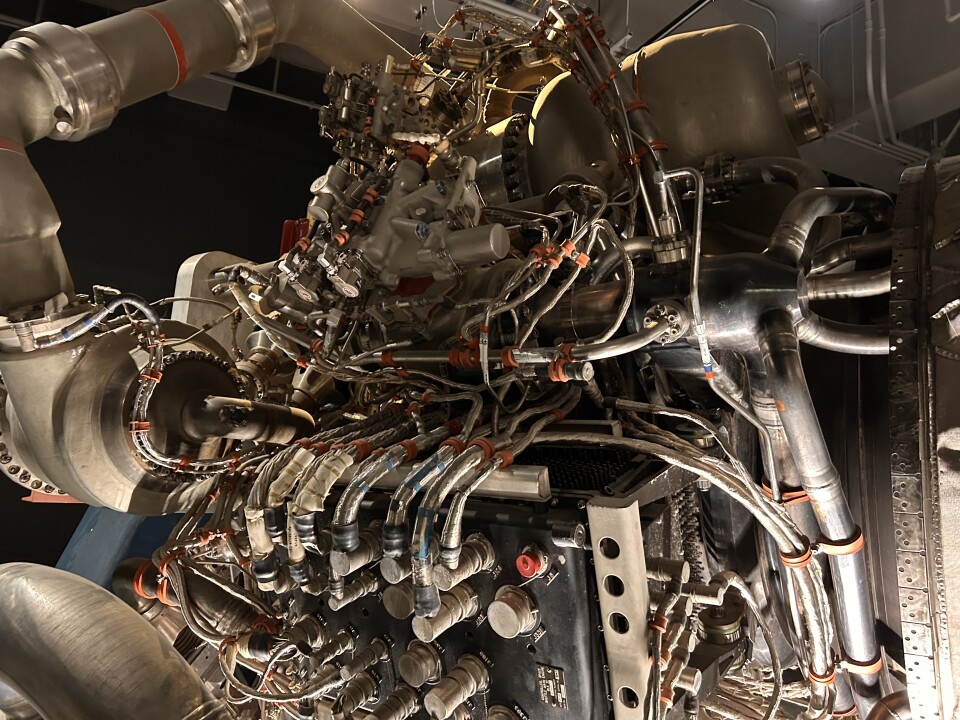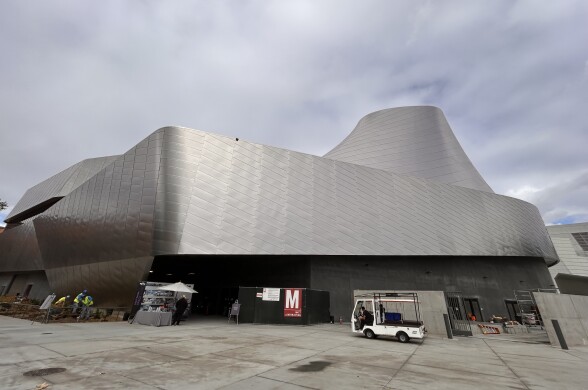Sweeping layoffs announced Friday by the Trump administration landed another body blow to the U.S. Department of Education, this time gutting the office responsible for overseeing special education, according to multiple sources within the department.
The reduction-in-force, or RIF, affects the dozens of staff responsible for roughly $15 billion dollars in special education funding, and for making sure states provide special education services to the nation's 7.5 million children with disabilities.
"This is decimating the office responsible for safeguarding the rights of infants, toddlers, children and youth with disabilities," said one department employee, who, like the others NPR spoke with, requested anonymity for fear of retribution.
According to sources, all staff in the Office of Special Education and Rehabilitative Services (OSERS), with the exception of a handful of top officials and support staff, were cut in Friday's RIF. The office is the central nervous system for programs that support students with disabilities, not only offering guidance to families but providing monitoring and oversight of states to make sure they're complying with the landmark Individuals with Disabilities Education Act (IDEA).
The layoffs at the Education Department, 466 in total, were part of broader cuts – some 4,200 jobs – announced by government lawyers in a court filing on Friday as the shutdown continues.
At the Education Department, it's not clear precisely how many workers in the special education office were cut. Department officials did not respond to NPR's requests for clarity or comment.
"Based on multiple reports from staff and their managers, we believe that all remaining staff in the Office of Special Education and Rehabilitative Services (OSERS), including the Office of Special Education Programs (OSEP) and the Rehabilitative Services Administration (RSA), have been illegally fired," said Rachel Gittleman, president of AFGE Local 252, a union that represents many Education Department employees.
"The harm these cuts will cause for the 7.5 million students with disabilities across the country is only beginning," Gittelman added.
Employees who received a notice Friday were told they would remain employed until Dec. 9.
Protecting students with disabilities
NPR spoke with half-a-dozen federal workers who have been cut – all of them in the Office of Special Education and Rehabilitative Services, and also with former officials with close ties to the office of special education.
Employees in the office of special education described a host of key responsibilities that they worried might now go unmet, creating a painful void for states, school districts and families.
The federal law known as IDEA, which turned 50 years old this year, guarantees all children with disabilities the right to a free and appropriate public education. Before the law was passed, those children were often refused admission to schools, including public schools, or warehoused in substandard facilities where they learned little and enjoyed few rights.
IDEA is considered a civil rights law first and foremost, requiring states to provide special education services for children from birth to age 21. It also helps fund those services.
As part of the law, every year states must submit student data to OSERS staff, to show they're following the requirements of the law. States must also submit annual plans and apply, each year, for the billions of dollars available through IDEA to help them pay for special education.
OSERS staff review those state plans, analysing the data and ensuring they are in compliance with federal law. These staffers can initiate investigations into states if they believe they have intentionally or unintentionally fallen out of compliance. They also provide technical assistance to states.
Without these OSERS staff, one employee told NPR, "there is no oversight to make sure all children with disabilities get the services they're entitled to."
OSERS staff also field calls directly from parents and families around the country seeking help understanding their child's rights under federal disability law and, in some cases, seeking help when they worry they're being unlawfully denied services.
"I don't think people realize how many calls we get from parents and families every day," one affected worker told NPR. Now these calls will go unanswered.
Returning education to the states
President Trump has talked repeatedly about wanting to return education to the states, and that dismantling the Education Department is part of that plan.
Eliminating these staff members does not, at this point, cut special education funding to states.
But one state director of special education, who spoke with NPR on the condition of anonymity out of concern the government would retaliate against that state, said they worry about the implications for students and families.
"I'm fearful. I think it's good for states to know there's federal oversight and that they'll be held accountable," the official said. "The concept of leaving special education up to states sounds great, but it's scary. What happens if one state decides to interpret the law one way, but another state disagrees and interprets it differently?"
Multiple sources also questioned the legality of the cuts to OSERS. Federal law requires that there be an Office of Special Education Programs – within the U.S. Department of Education – to manage and oversee special education funding and programs. As such, these sources said, effectively closing the office by firing its staff should require an act of Congress.
"Now, the federal government is out of compliance with federal disability law," one OSERS employee told NPR. Another wondered: "Who will families go to when there's nobody left?"
Copyright 2025 NPR

















